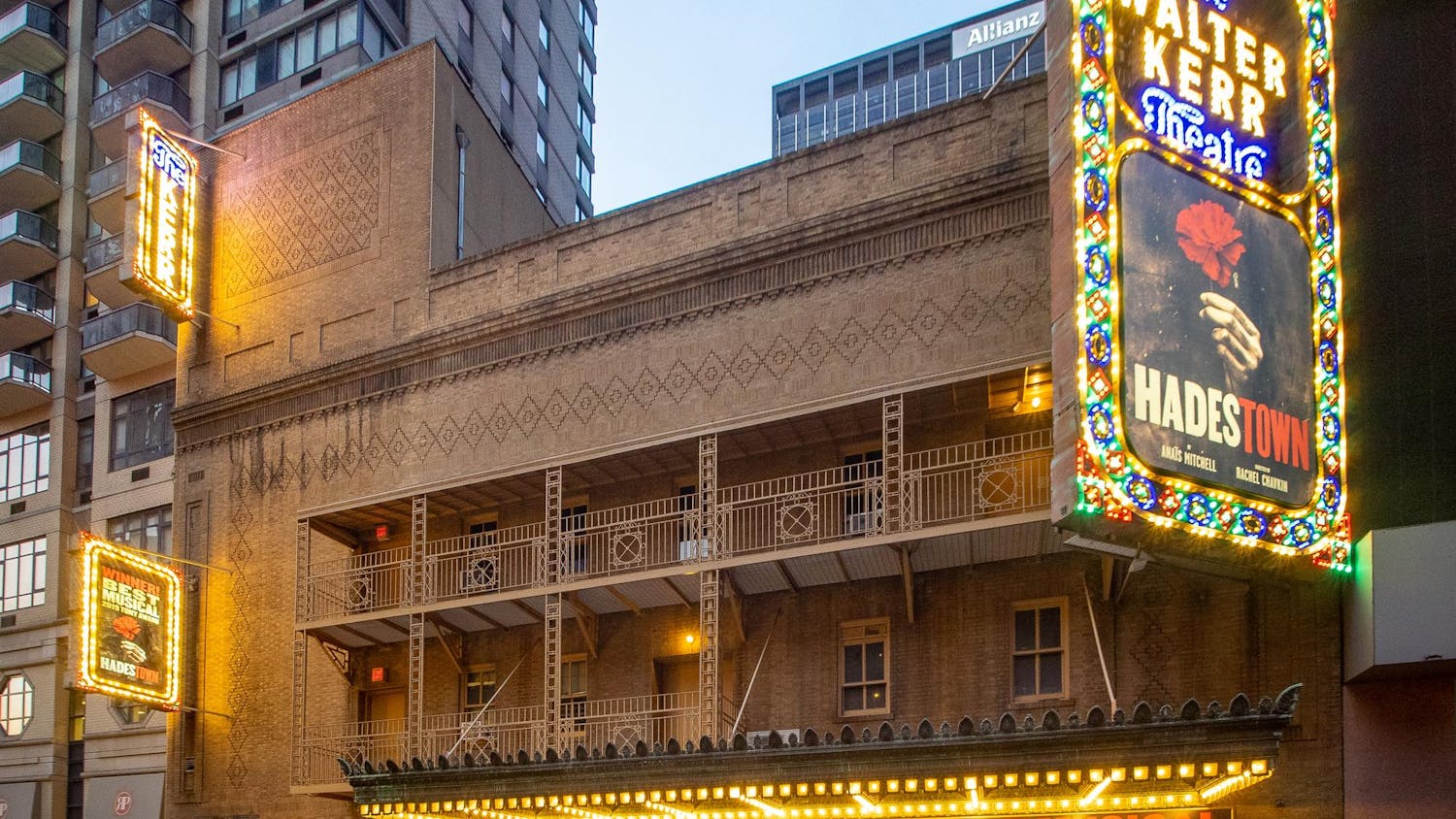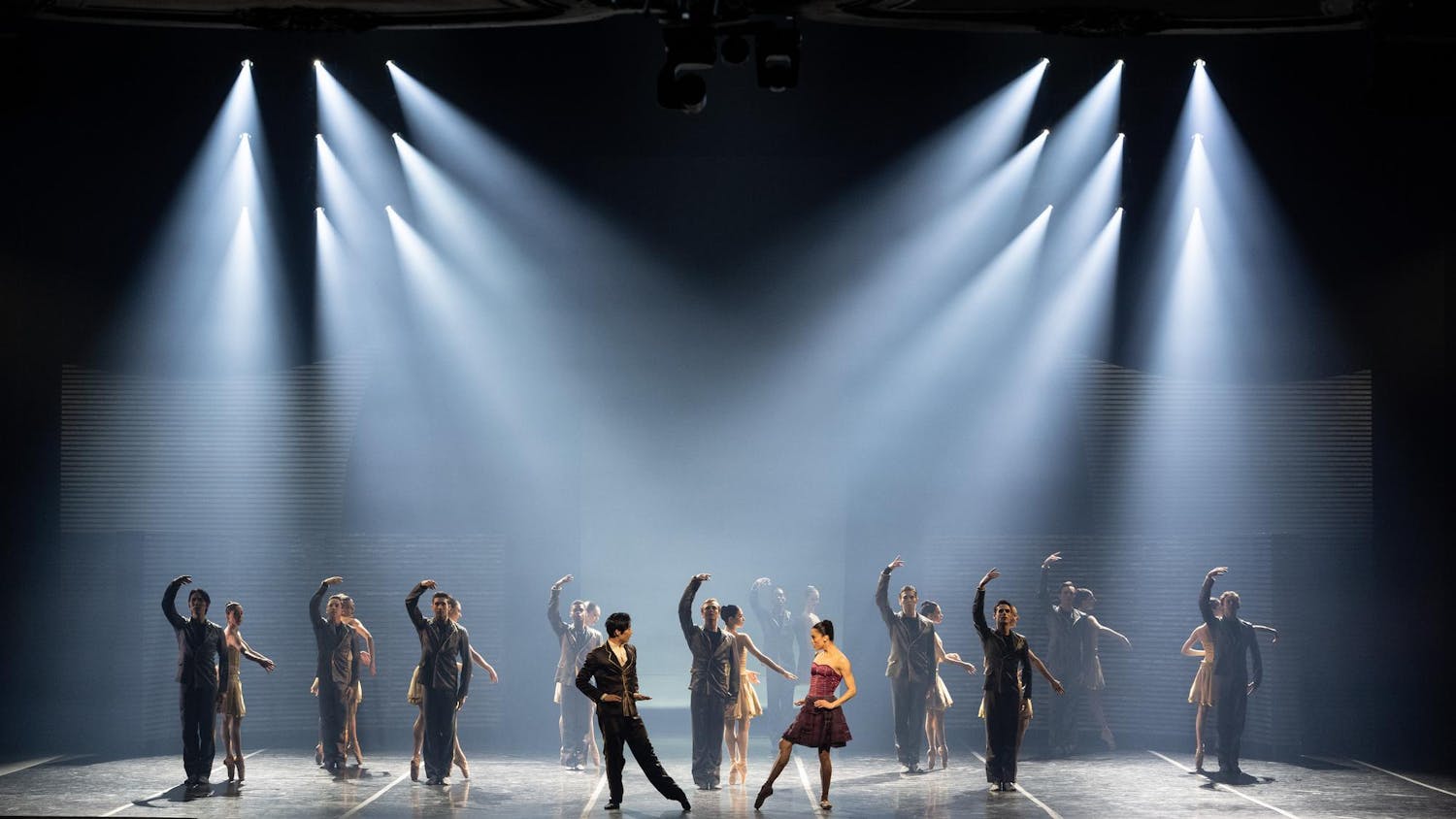The Boston Museum of Fine Art's newest collection, "Symbols of Power: Napoleon and the Art of the Empire Style, 1800-1815," immediately presents an imposing aura of wealth and power to viewers.
Upon entering the exhibit, at the MFA through Jan. 27, viewers are met with a vibrant painting of a towering Napoleon. Continuing on, gold furniture and immense complex rugs convey a grand sense of riches and dominance. The creative use Roman, Greek and Egyptian influences aggrandize Napoleon's empire by linking it to those of the past.
The diverse collection includes art from as early as the French Revolution to the end of Napoleon's reign, proceeding in chronological order. This organized structure allows viewers to witness the evolution of the Empire Style, as it changes from a medium for revolutionary propaganda into an art that expresses a grand empirical power.
In all the pieces, emblems are consistently used to convey a message, but as viewers progress through the exhibit, there is a clear transition from attempts to unite a society to efforts to identify a singular, grand power.
Looking at Jean-Auguste-Dominique Ingres' "Napoleon I on His Imperial Throne," the massive size of the painting along with a multitude of emblems of power instantly convey a sense of ultimate supremacy. Velvet gowns drape around Napoleon, and bees, a common symbol of power during the era, adorn his robe. Napoleon himself sits assertively, his expression one of wisdom and strength. Taking up a whole wall, the painting is a formidable piece.
In contrast, the simple black and white piece depicting the storming of the Bastille, found in the "Collection compl??te des tableaux historiques de la Révolution fran?§aise" is one of solidarity. Many people come together, blending into a mass crowd so that no one person is distinguishable, yet together, they represent an immense power. These two pieces perfectly capture how art can display a shift in values within a culture.
Perhaps the exhibit's most powerful aspect is the diversity of the collection. Walking through the rooms, one is confronted with flowing dresses, adorned with beautiful ornamentation of glitter and embroidery, followed by armor depicting Greek scenes designed specially for Napoleon.
Close by is a massive, complex rug covered in emblems of the empire, as well as furniture found in the royal palace. Chairs that echo Roman architecture stand near a tapestry depicting ancient Egyptian scenes. Thrones decked in gold, carved with intricate figures of lions and covered in rich red velvet, are found in this area.
The MFA's "Symbols of Power: Napoleon and the Art of the Empire Style 1800-1815" does more than present its audience with the art style of the era; it presents viewers with the era's royal lifestyle.
Walking through the rooms is like wandering through a royal French garage sale. The eclectic mix of art of the purely aesthetic nature, such as paintings, combined with objects of daily life, such as an exquisite bed with gold inlays, provides viewers with a glimpse into the life of Napoleon: what he valued and what he required to feel comfortable in his day to day life. This exhibit is like walking back into the life of one of France's most infamous rulers. With a reduced entrance fee for Tufts students, this exhibit is definitely worth the time and money, if only to drool over the beauty of the era.





